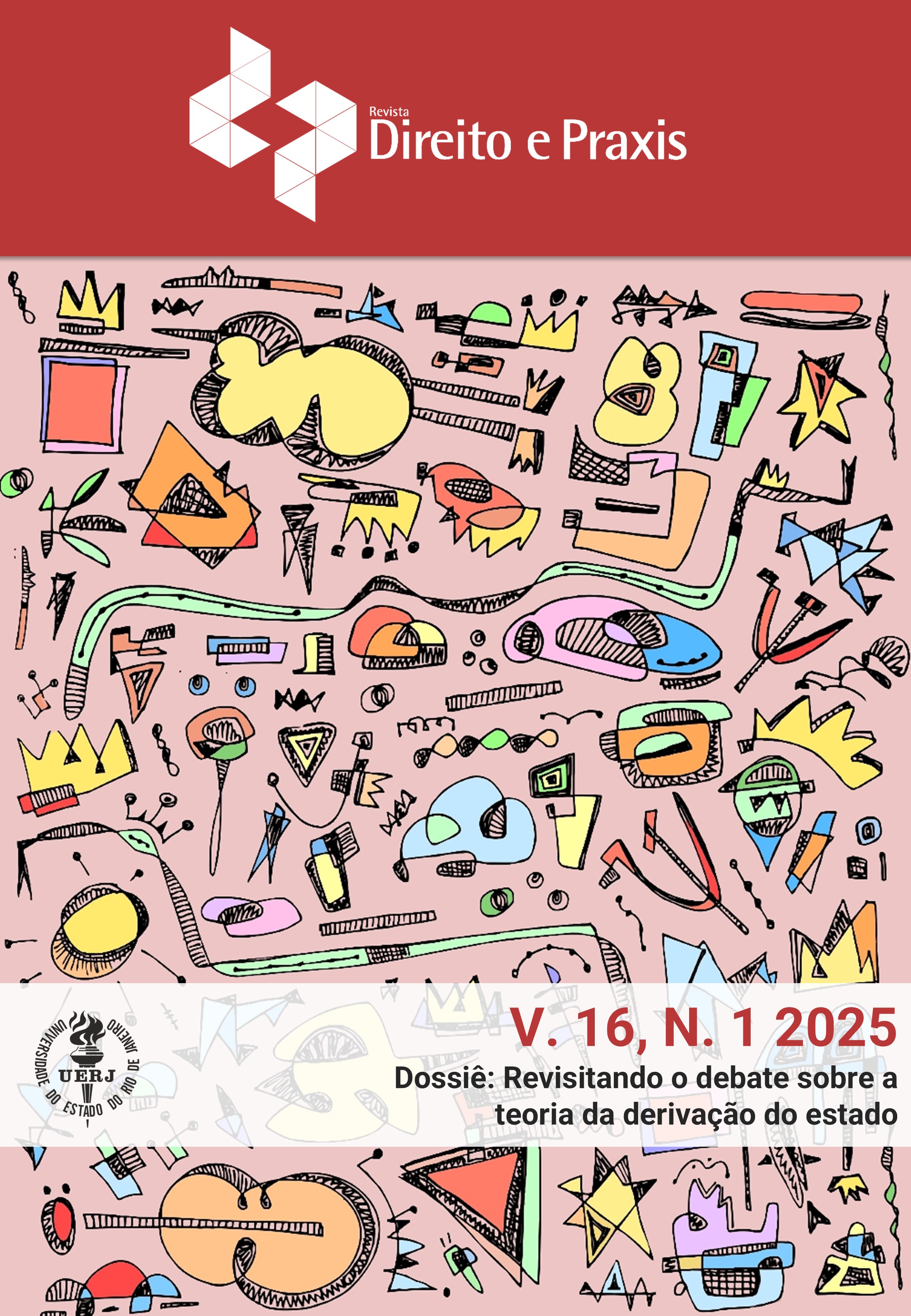Structural and intersectional discrimination in Brazil
an analysis of the case “Employees of the Santo Antônio de Jesus Factory and their Family vs. Brasil”
Keywords:
Inter-American Court of Human Rights; Human rights; Legal Pluralism; Work Relationship.Abstract
https://doi.org/10.1590/2179-8966/2025/80270
What are the impacts of structural and intersectional discrimination on Brazilian labor relations? The present work aims to answer the question through the analysis of a Brazilian conviction by the Inter-American Court of Human Rights: the Case “Employees of the Fábrica de Fogos de Santo Antônio de Jesus and their Family Members vs. Brazil". The deductive method, bibliographic-documentary research and judicial decision analysis are adopted, with a qualitative approach. It is concluded that the victims in the case in question were affected by structural and intersectional discrimination, due to poverty, race and gender. This discrimination affected not only the harmful working conditions in which the victims found themselves, but also their own subsistence. It is therefore necessary for the Brazilian State to adopt measures capable of preventing new violations of the fundamental and human rights of historically marginalized groups, which involves, to a large extent, the modification of public policies and the complete restructuring of the reality in which individuals inserted in the cycle of poverty are inserted.
Downloads
Downloads
Published
How to Cite
Issue
Section
License
Copyright (c) 2024 Eduarda Peixoto da Cunha França, Flavianne Fernanda Bitencourt Nóbrega (Autor/a)

This work is licensed under a Creative Commons Attribution 4.0 International License.
The authors the sole responsibility for their texts.
It is allowed the total or partial reproduction of the articles of the Journal Law and Praxis, if the author is mentioned.
This work is licensed under a Creative Commons Attribution-Noncommercial-Share Alike 4.0 Unported License.
This license allows you to copy and redistribute the material in any medium or format for any purpose, even commercial, provided the original authorship is cited.
This work is licensed under a Creative Commons Attribution 4.0 International License.



